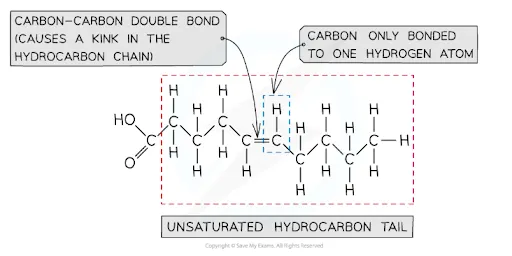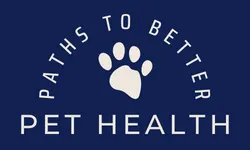Schedule Your Free Call Now
Hi, I would love to hear about your horse's concerns and discuss solutions for you.
Feel free to use the calendar to schedule a time with me.
Omega 3’s, what's so special about this nutrient??
Why is omega 3 fatty acid so heavily studied in mammals versus other nutrients essential for life or their health? Because…it plays a very important role in both!!
Omega 3 fatty acids are a key family of polyunsaturated fats, sourced from plants, nuts, fish, krill or algae.
They are differentiated by length together with location and the number of double bonds present in their chain like structure. See figure 1.

Figure 1. Chemical structure of mono- and poly-unsaturated fatty acids.
Along with providing energy to the body, omega 3’s, together with other fatty acids varieties, are an integral part of cell membranes throughout the body which can and do affect function of cell receptors in these membranes.
There are three main omega-3’s discussed in terms of a horse’s health, Eicosapentaenoic acid (EPA), and Docosahexaenoic acid (DHA), which they synthesis from Alpha-linolenic acid (ALA), sourced from (green leafed) plant oils. Whilst Linoleic acid (LA), sourced primarily from vegetable oils, nuts and seeds gains most of the omega 6 fatty acid, an alternate polyunsaturated fat family, focus for the same reason.
Arachidonic acid (AA) is another important omega 6 fatty acid for a horse’s health.
This omega 6 is converted from LA via gut enzymes horses possess.
Both Omega 3’s and 6’s play important roles in the body, that are on occasion opposing.
Each type is a precursor to a different signalling compound class, collectively referred as eicosanoids.
Eicosanoids are responsible for various functions within the body, with regulating inflammation being one of the most important.
Eicosanoids derived from omega-6 fatty acids tend to increase blood pressure, blood clotting, immune response, and inflammation.
Whilst each outcome is vital to health, chronically elevated levels of this family of eicosanoids can be associated with disease.
In contrast, eicosanoids derived from omega-3 fatty acids tend to lower blood pressure, inflammation, and blood clotting.
Omega-3 and omega-6 fatty acids compete for the same enzymatic pathways in the formation of different eicosanoids.
Hence why consuming the right balance between each is important for our horses and for us.
Unfortunately, so many of us are not consuming the right ingredients to achieve and maintain a health ratio of omega 6 to omega 3 fatty acids; which incidentally is 3:1 in most countries.
Simple blood spot testing of over 1.4 million people reports 97% of the population tested internationally are out of balance; their ratio of Omega 6 to Omega 3 is way higher than the indicative 3:1 ratio commensurate with good health. Indicating they are at a higher risk to developing a chronic illness of some description.
This same issue is fast looking to be prevalent in horses. In horses the ideal 6:3 ratio is 11. Yet testing is reporting results greater than 13:1, suggesting a higher risk of conditions involving insulin resistance and joint health.
I specialise in resolving high inflammation levels, when it exists. I started working with humans and am now through industry collaborations taking the learnings into the companion and professional animal space focussed initially on horse and dogs.
I work with a protocol that assesses need, provides a path to resolve, then testing to establish progress. There’s power in having visibility of a health marker and a means to address where and as needed.
Why is this work so important in our horses? Benefits in balancing the 6:3 ratio include cardiovascular health, cognitive function, strengthened immunity. When this ratio is lowered and inflammation is minimised, we see improved mobility and recovery, increased energy and vitality, lower anxiety levels and risk of metabolic disorders.
We see longevity.
Why is such a protocol needed?
Maintaining the ideal 6:3 ratio in us, in our horses is challenging. For us, our modern diets and the processes incorporated to deliver that diet and any supplements do not help. For horses its similar. Natural dietary sources of O3 such as oily fish, are no longer rich in these nutrients.
And supplementary sources in the main are not bioavailable or have oxidised well before ingestion or absorption. Inflammation is the root cause of over 2/3 of today’s chronic ailments (Dr. Paul Clayton).
Reduce unnecessary inflammation, we reduce the risk, the loss and costs associated with chronic conditions.
I have the means (to reduce), do you have the motivation (to make a change)?
Lets’ talk.
Book a free 15min discovery call here.
I look forward to meeting you.
Wendy

